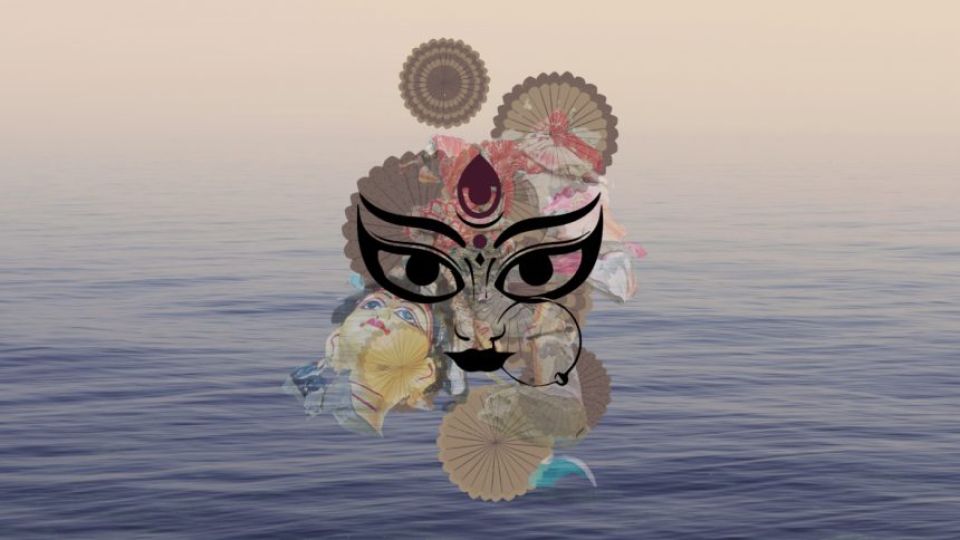September 30, 2022
DHAKA – As Durga Puja approaches and the country’s Hindu communities prepare themselves to embrace their beloved goddess, it is very evident that they have been extremely cautious about the possibilities of facing sectarian attacks this year as well.
Amidst the preparation of the upcoming special occasion and related festivities, Hindus around the country are gripped with a perpetual fear of being the victims of communal violence and a feeling of helplessness. The bloodshed from last year’s violence during Durga Puja is still fresh in the community’s mind, and they have very little reason to believe that it is going to be any different this year.
From the very recent incident of the mayhem at Narail to the marginalisation and humiliation faced by them in social media platforms, it is easy to predict that such an incident is likely to be replicated this year too. Given that such incidents repeat themselves in a similar fashion every year, it could be said that most socially conscious individuals in the status quo are aware of the exact playbook which will be running when such an incident occurs in the future.
First, a post describing profanity against the faith of the majority group will be made on a public social media platform. Then, this will be made viral in various social media platforms resulting in the rise of inflammatory rhetoric from local “intellectuals”, which will motivate crowds to go out there and commit acts of sectarian violence.
Lastly, you will have people in positions of power, the same people who have allowed such deep sectarian fault lines to prevail, shed tears and make empty promises once again, allowing this cycle of cycle of abuse to continue.
The fact that such incidents happen every time and there is no long term indication of change is troubling. One may question how I am so sure that the status quo is far from change. To this, I would like to point out the amount of malicious comments and hateful emails I received on another article about the Narail mayhem which criticised the majority group’s silence when it came to condemning sectarian attacks.
From blatant whataboutism to complete denial, the mails and comments were a reminder of how divided our society is today. Someone even brought up how Muslims in India also receive similar treatment, if not worse, from the Hindu majority – as if very slyly trying to justify the entire incident. While the individuals attacking Muslims in India deserve our utmost criticism, it does not dissolve the sufferings of the religious minorities in our own country.
Therefore, if we really want to prevent such sectarian attacks from happening, we need to do more than just providing lip-service and rather make the necessary changes at policy level – one which involves a much more inclusive education system and preaches coexistence and diversity as a virtue and not a vice.


